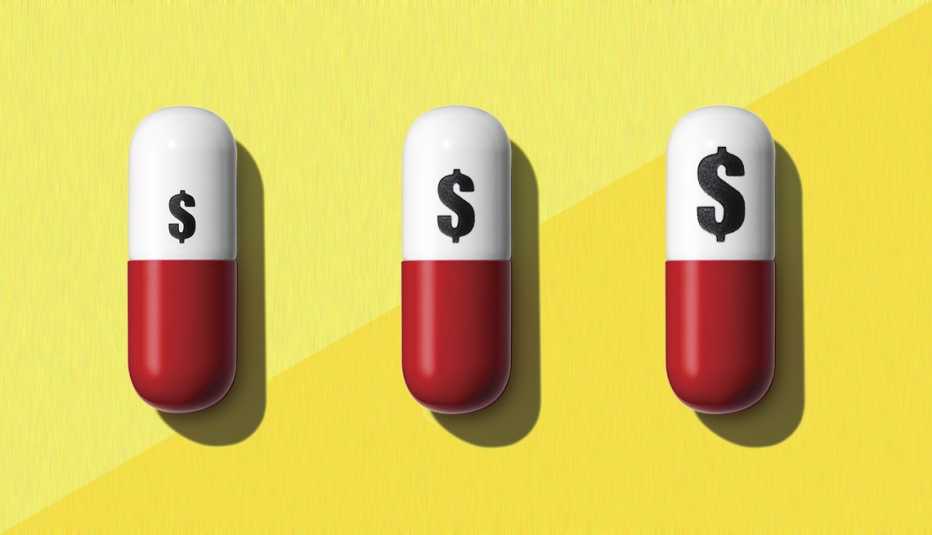AARP Hearing Center


A new AARP report reveals that the prices of brand-name and specialty drugs that millions of Americans rely on for their health have continued to increase faster than inflation — in many cases, far faster. The latest findings underscore the importance of a provision in the new AARP-backed Rx law that penalizes big drugmakers for such outsize hikes.
Since 2004, AARP’s Public Policy Institute (PPI) has kept tabs on how much prescription drugs prices have increased. The latest “Rx Price Watch” report shows that retail prices for 943 commonly used drugs increased faster than the rate of general inflation every year from 2006 until 2020, the most recent year data is available. AARP’s analysis includes 260 brand-name drugs, 503 generic medications and 180 specialty prescriptions. Specialty drugs typically are among the most complex and expensive medications used to treat very serious illnesses.
AARP’s latest report found, for example, that the price of Nerlynx, used to treat early stage breast cancer, increased by nearly 21 percent in 2020, while general inflation increased by 1.3 percent during that same period.
“Spending increases, driven by high and growing drug prices, will affect all Americans in some way,” the report says. “Those with private health insurance will pay more in cost sharing and higher premiums for their health care coverage. In addition, increased government spending on prescription drugs will ultimately lead to higher taxes and/or cuts in public programs.”
The Medicare Payment Advisory Commission, which advises Congress on the program’s finances, has consistently found that high prescription drug price increases are a major factor in the recent growth in what it costs Medicare to cover prescription drugs.



































































More From AARP
FDA Approves Drug Importation from Canada
This first approval in Florida paves the way for cheaper medicationsMedicare's $180B Spending Spurs Debate
The prices greatly exceeded the average cost for manufacturers to develop new drugs
Recommended for You